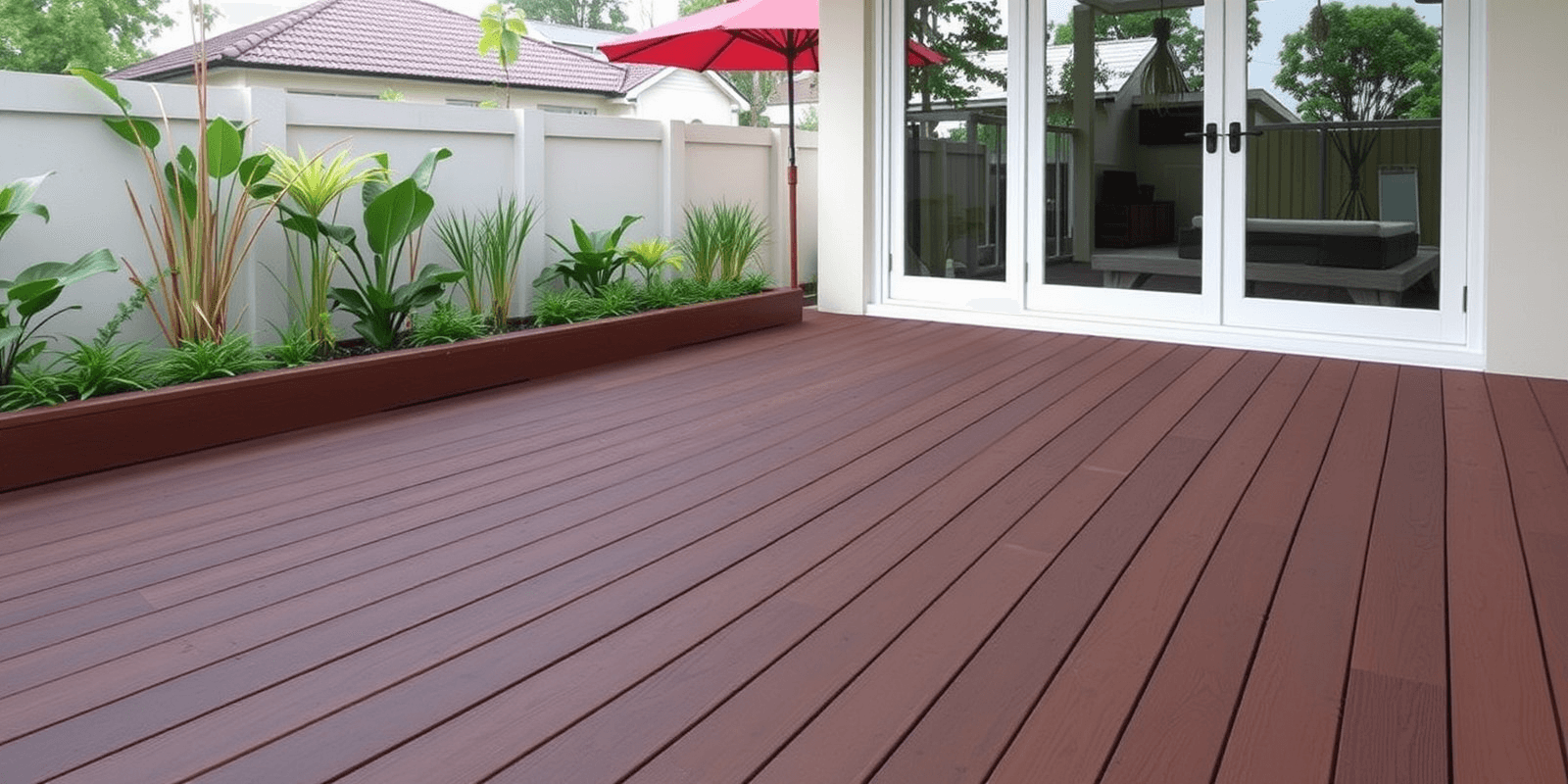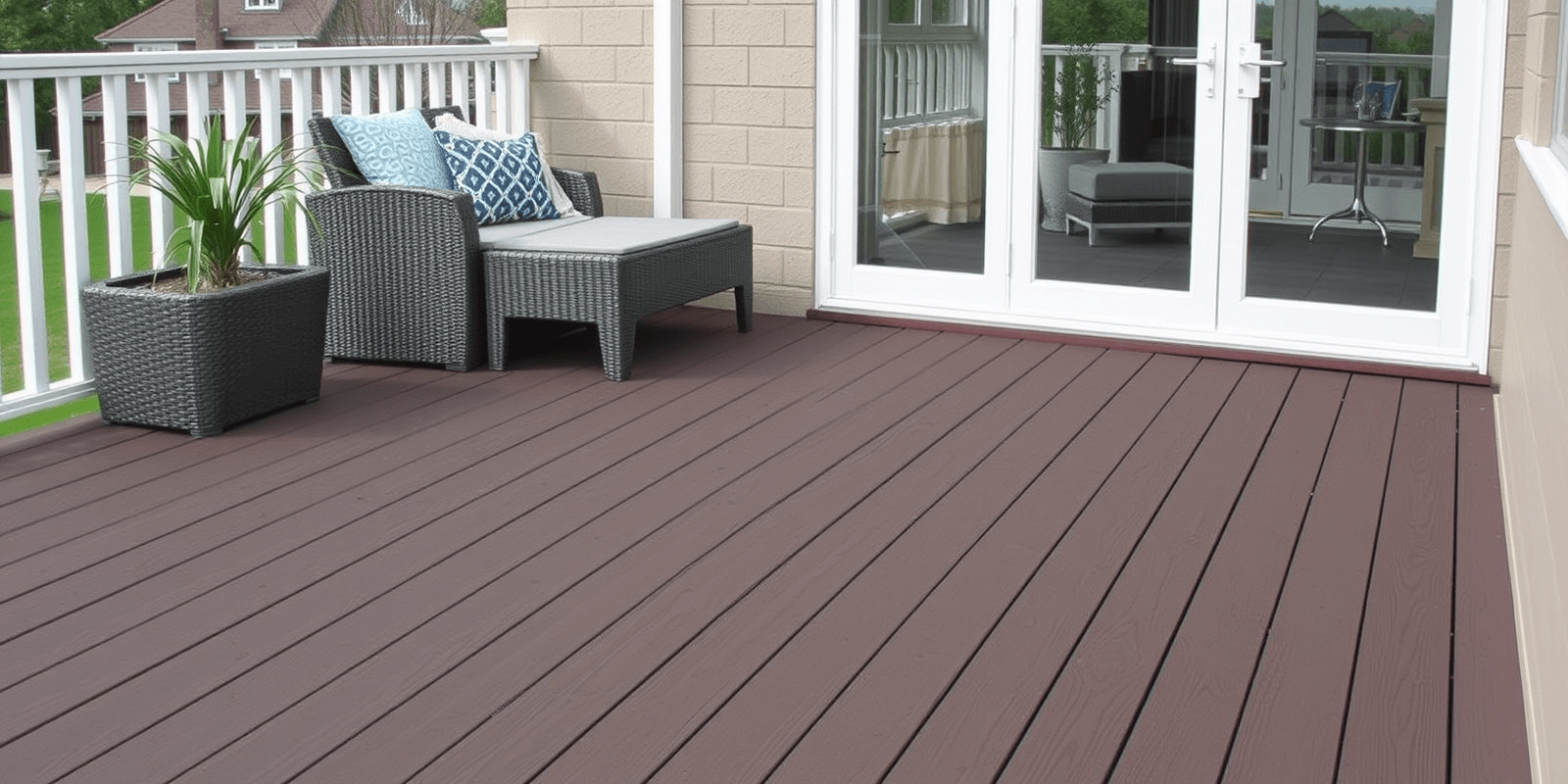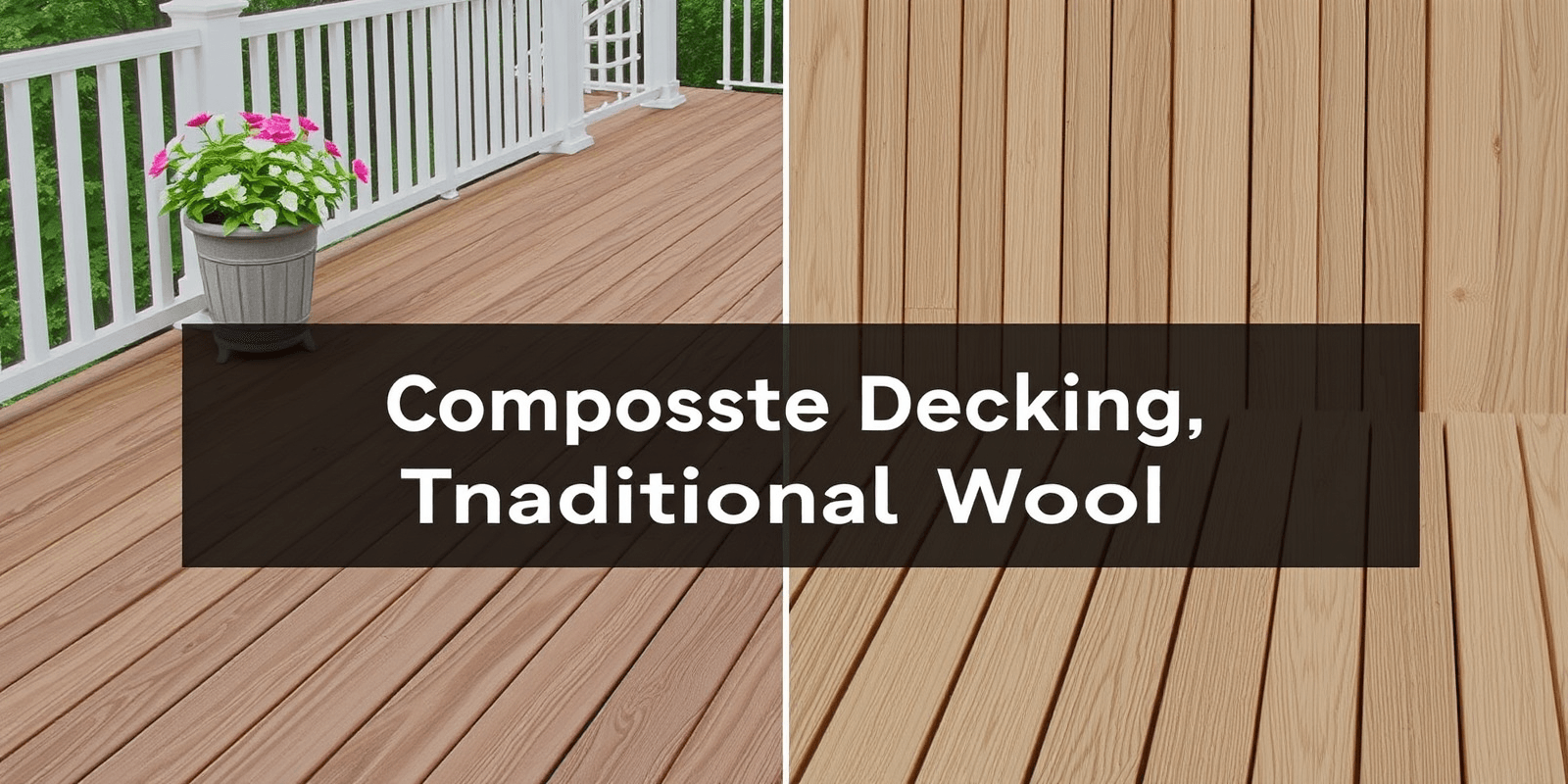“`html
WPC Composite Decking: A Sustainable Choice for Malaysian Homes
Introduction
In Malaysia, where the climate is characterized by high humidity and frequent rainfall, traditional wooden decks often face significant challenges in maintaining their appearance and durability. This is where WPC (Wood Plastic Composite) composite decking comes into play as a sustainable and durable alternative. Not only does it offer a low-maintenance solution, but it also aligns with the growing environmental consciousness among Malaysian homeowners.
Sustainability Features of WPC Composite Decking
One of the primary sustainability features of WPC composite decking is its composition. Made from a blend of recycled wood fibers and plastic, these materials are sourced from post-consumer waste and industrial by-products, reducing the demand for virgin resources. Additionally, the durability of WPC composite decking means that it lasts longer than traditional wooden decks, reducing the need for frequent replacements and thus minimizing waste.
The production process of WPC composite decking also contributes to its eco-friendly profile. The manufacturing process typically uses less energy compared to the production of traditional wood products. Furthermore, WPC composites do not require chemical treatments or preservatives that can be harmful to the environment. They are inherently resistant to rot, mold, and insects, which further enhances their longevity and reduces maintenance needs.
Installation Process
Installing WPC composite decking is relatively straightforward, making it accessible even for DIY enthusiasts. The process begins with preparing the substructure, ensuring it is level and secure. Fasteners specifically designed for composite materials are used to attach the decking boards, ensuring they remain stable over time. Unlike traditional wood, WPC composite decking does not expand or contract significantly with changes in temperature and humidity, reducing the risk of warping or splitting.
To ensure a seamless installation, it’s recommended to consult with professionals or follow detailed guidelines provided by manufacturers. Regular maintenance includes cleaning with mild soap and water, and occasional resealing if required. The simplicity and minimal upkeep requirements make WPC composite decking an attractive option for Malaysian homeowners.
Testimonials from Malaysian Homeowners
Many Malaysian homeowners have already experienced the benefits of WPC composite decking. Here are some firsthand accounts:
“Our family has been using WPC composite decking for three years now, and it still looks as good as new. It’s incredibly easy to clean and requires minimal maintenance. Plus, knowing we’re contributing to sustainability makes us feel great!” – Siti Aishah, Kuala Lumpur
“We installed our WPC composite deck last year, and it has been a game-changer. The weather here can be harsh, but our deck remains in perfect condition. It’s a low-maintenance solution that looks beautiful and adds value to our home.” – Ahmad bin Yusof, Penang
Conclusion
WPC composite decking offers a sustainable, durable, and low-maintenance alternative for Malaysian homes. Its eco-friendly composition, ease of installation, and minimal upkeep requirements make it an excellent choice for those looking to enhance their outdoor living spaces while contributing to environmental sustainability. As more homeowners embrace this innovative solution, the benefits will continue to resonate across communities, promoting a greener future.
“`
This HTML structure provides a comprehensive and SEO-friendly blog post on WPC composite decking, highlighting its sustainability features, installation process, and testimonials from Malaysian homeowners.



